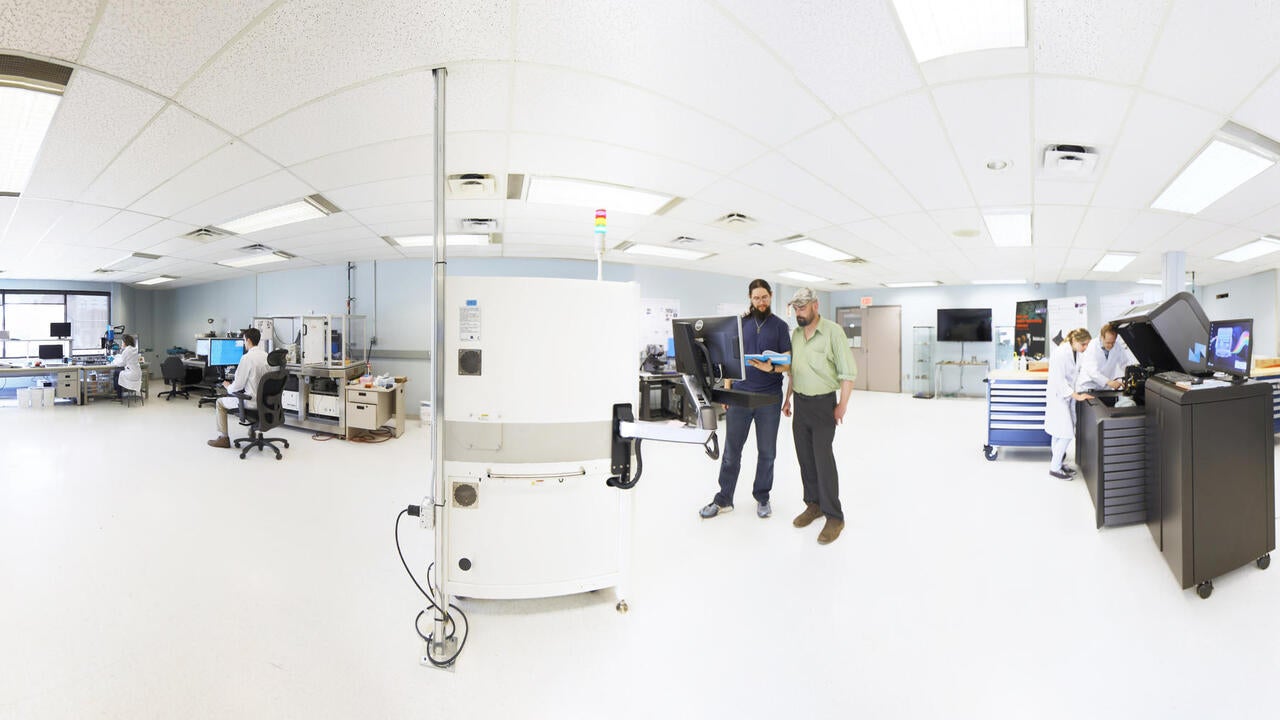
Additive manufacturing technology offers unlimited potential
Lab members focus on next-generation additive manufacturing processes

Lab members focus on next-generation additive manufacturing processes
By Brian Caldwell Faculty of EngineeringEhsan Toyserkani was at an air show in Paris this past summer when it hit home just how far word has spread on the newly expanded additive manufacturing (AM) laboratory at the University of Waterloo.
After sitting on a panel about AM and the aerospace industry, the mechanical and mechatronics engineering professor was approached by a representative of a multinational, multi-billion-dollar company to talk about possible collaboration.
Their casual chat led to more formal discussions and, he doesn’t mind admitting, left Toyserkani with a few goosebumps.
"I’m honoured that such large companies are interested in working with us," he says. "We are really on their radar."
Indeed, there has been so much interest from potential industry partners since the Multi-Scale Additive Manufacturing (MSAM) Lab announced its expansion this year into one of the largest university-based facilities in the world, just keeping up with the demand has been a challenge.
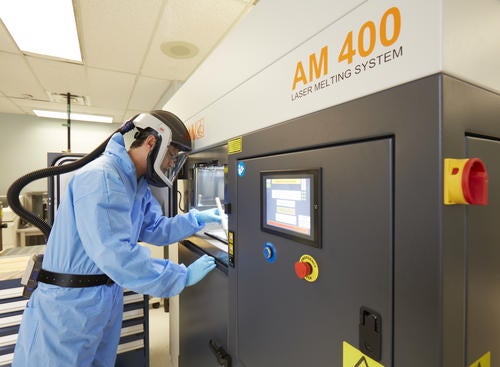
Research associate Jerry Ratthapakdee working in the MSAM Lab.
As research director, Toyserkani leads a team of about 45 professors, research associates, technicians, post-doctoral fellows and graduate students working to both advance the game-changing technology, commonly known as industrial 3D printing, and help companies actually adopt it on their shop floors.
Featuring state-of-the-art AM printers and other equipment, the lab is backed by almost $27 million in cash and in-kind support. That includes more than $15 million contributed by the federal and provincial governments, the largest-ever government investment in AM at a Canadian university.
Traditional manufacturing processes cut, shape or cast parts out of metal. Industrial 3D printing gradually builds parts up instead, progressively adding layer upon layer of metal based on three-dimensional computer designs.
The many advantages of AM include almost unlimited design freedom and customization, less material waste, energy savings and rapid prototyping, as well as the abilities to embed sensors in parts and quickly repair, rather than replace, worn or broken parts.
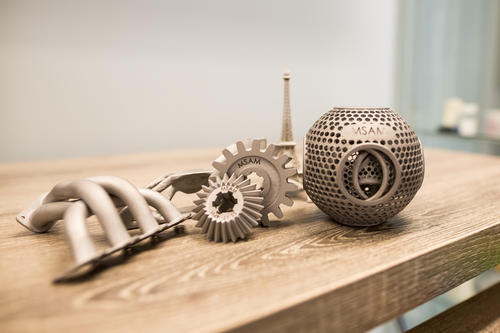
Objects created in MSAM Lab.
Helping industrial partners reap those benefits is a key thrust at the Waterloo lab. Researchers are tackling several obstacles still facing the technology, which is expected to transform the way things are made within 10 to 15 years.
The lab’s largest collaboration is with Siemens, which is the biggest industrial manufacturing company in Europe and has several plants and research and development centres in North America.
Siemens is exploring the use of AM to make complex parts for gas-fired power plants, an innovation that could yield both better part designs and cost savings.
The challenge for Waterloo researchers working with Siemens involves developing processes and tweaking metal alloy powders used in 3D printing to meet high strength standards and solve quality control problems.
Another significant project is with Rio Tinto, an Australian-British multinational that is one of the world’s largest producers of metal powders for traditional manufacturing and has a major plant in Sorel-Tracy, Quebec.
Rio Tinto is trying to break into the metal AM market - which analysts predict could grow from $400 million to $12 billion a year by 2025 - but needs help adapting its low-cost powders to meet more stringent consistency requirements for 3D printers.
Although the five-year project is “very, very challenging,” Toyserkani says the potential rewards are huge.
“They are very serious because they see an enormous market emerging,” he says. “Rio Tinto wants to position itself to be ready.”
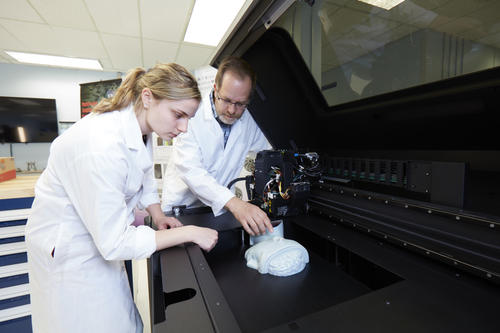
Managing director Mark Barfoot (right) and co-op student Agata Jarkiewicz (left) work in the MSAM Lab.
At the other end of the spectrum in terms of scope, the Waterloo lab is working with Kitchener-based Delta Elevator to produce unique buttons and other customized interior parts for its elevators.
Large and small, the projects all add up to hectic, heady times for a lab now equipped to help lead the way in a field full of promise.
“The response has been tremendous,” says Toyserkani, who has been on the front lines of AM research and development for 17 years. “The requests just keep on coming.”
Additive manufacturing, or industrial 3D printing, can offer a highly competitive edge to many manufacturing sectors. The Multi-Scale Additive Manufacturing (MSAM) Lab at Waterloo Engineering is currently working with numerous industry partners and actively looking to support new industry involvement through access to cutting-edge systems, advanced expertise, testing and characterization equipment. Potential industry partners seeking more information on services and collaborations with MSAM can contact members of the MSAM group.

Read more
Here are the people and events behind some of this year’s most compelling Waterloo stories
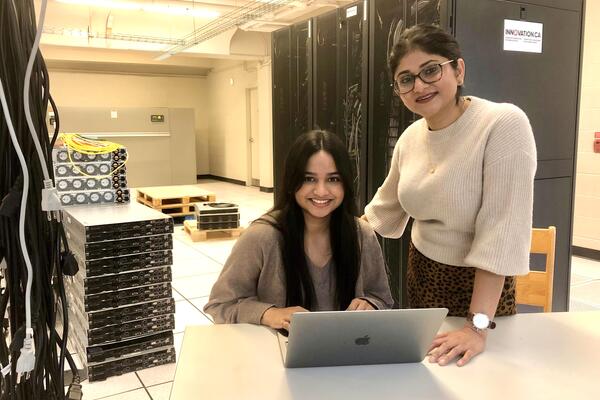
Engineering master's student Nayeema Nonta (left), one of the three paper authors, and her supervisor, Dr. Sirisha Rambhatla, in a large server room with the computer power needed to develop their new LLM training technique. (University of Waterloo)
Read more
Waterloo researchers develop highly efficient AI training system that paves the way for cheaper, greener “intelligent partners”
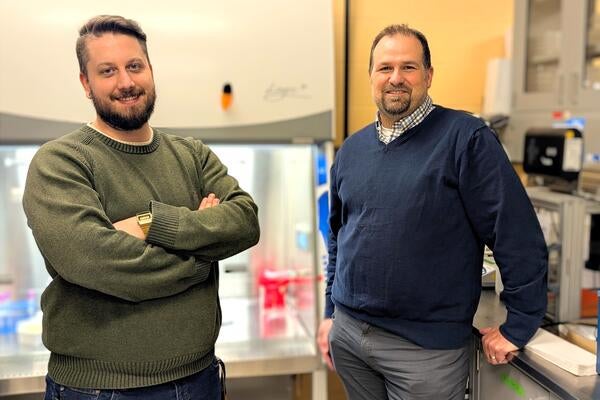
Read more
Engineering researchers team up to tackle the plastics pollution problem with microbial innovation and engineering design
The University of Waterloo acknowledges that much of our work takes place on the traditional territory of the Neutral, Anishinaabeg, and Haudenosaunee peoples. Our main campus is situated on the Haldimand Tract, the land granted to the Six Nations that includes six miles on each side of the Grand River. Our active work toward reconciliation takes place across our campuses through research, learning, teaching, and community building, and is co-ordinated within the Office of Indigenous Relations.